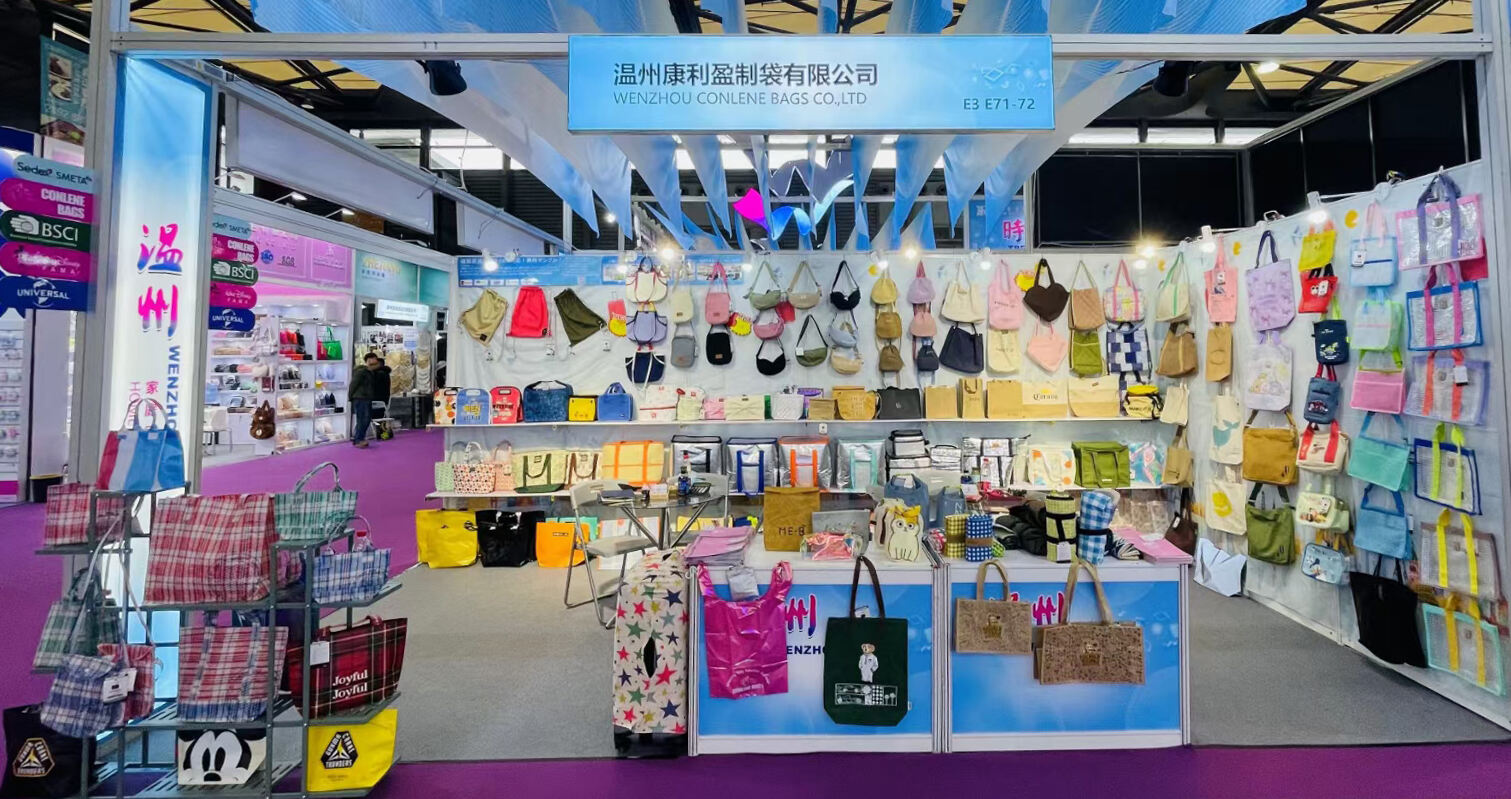
Meddalwch a Aradwyedd Gwlanen: Buddion Naturiol ar gyfer Defnydd Dyddiol
Mae sgesi gwt mewn gwddf yn teimlo'n well ar y corff dros gyfnodau hir oherwydd bod gwt yn naturiol ddynas ac yn caniatáu i'r awyr symud drwodd. Pan gymharwn â deunydd synthetig, mae gwt yn gweithio'n wahanol yn wirioneddol. Mae craffter y gwt yn caniatáu i'r awyr basio drwfhwyth tra bod nhw hefyd yn hoffi tua 27% o leinedd cyn i neb hyd yn hyn syrthio ymchwil Sefydliad Testunol am Gyfforddiant o'r flwyddyn ddiwethaf. Yn aml maen nhw sydd wedi gwisgo gwt yn y tywyll hyn afres yn cyfeirio at aros yn oerach hefyd. Mae astudiaethau'n cefnogi hyn gan ddangos bod croen yn aros tua 2 gradd Celsius yn oerach wrth woredu gwt o'i gymharu â pholyester. Yn ogystal, does dim mor lawr o rubio rhwng y dillad neu'r croen yn ystod gweithgarwch bob dydd, sy'n gwneud y sgesi hyn yn gynghreiriadur da trwy gyfan ddyddiau allan ac am byth.
Sut Mae Dewis Deunydd yn Lleihau Blaenoriaeth Gludo Dros Amser
Mae sgesos gwsg ar y sgwar yn aml yn gyfforddus am gyfnodau hirach oherwydd bod gwsg yn naturiol yn plygu â sut mae ein corff yn symud, gan wahanu'r wasg ar y sgwariau yn hytrach na'i ganoli mewn un man. Nid yw deunyddiau synthetig yn gwneud yr un peth maen nhw'n aros yn briw ac yn anhyblyg. Darganfu astudiaeth ddiweddar yn 2024 sydd wedi edrych ar ergonomig bod gwsg yn lleihau pwyntiau gwasg uchaf erbyn tua 41%. Mae pobl sydd yn cario sgesos gwsg yn rheolaidd wedi dweud wrthym eu bod yn profi tua 78% llai o briwiannau ar ôl gludo eu hofferion o'i gymharu â defnyddio sgesos nilydd yn ôl Arolwg Gludo Cyfforddus o'r flwyddyn ddiwethaf. Mae hyn yn gwneud sgesos gwsg yn arbennig o da i bobl sydd yn treulio llawer o amser yn teithio i ddod a mynd neu'n taithio gyda llawer o offer wedi'u stribed i fyny arnynt trwy gydol y dydd.
Cynllunio Ergonomig: Ffit, Maint a Llinellu Corff
Maint Cyfrannedig: Cymharu Dimensiynau'r Sges i Fformiau'r Corff
Mae toc ysgwydd sydd â maint cywir yn gweithio'n well â sut mae ein corff yn cael ei adeiladu, oherwydd y gymhareb briodol. Mae ddylwyr yn edrych ar fesuriadau'r corff wrth greu'r toc yma fel na llymper y stribedi mor aml. Yn ôl astudiaethau diweddar, mae tua dwy drydedd o dociau sydd â maint anghywir yn cael y broblem llymperu hynod. Gairwch chi am enghraifft o doc sydd â lled sylfaen o 14 modfedd o imi 18 modfedd sydd fel arfer. Mae'r dyluniad llaftach yn gwahanu'r pwysau yn well ar draws yr ardal nôl, sy'n golygu nad yw pobl yn dod i fodloni eu cefn neu lynnu eu bresioedd yn anodd ond i'w gloi'n gyfforddus.
Lleihau Pwyntiau Gwasgar trwy Siâp a Chanolbarth Wedi'u Hoptimeiddio
Mae'r cymylau crwm a'r ymylion sydd wedi'u narau'n helpu i gael gwared ar y pwyntiau pwysau chyffrous ar y ysgwyddau. Dyna ffordd mae cymaint o bobl yn stopio defnyddio bysllachau o ansawdd isel ar ôl hanner flwyddyn yn unig – mewn gwirionedd, mae tua tri chwarter o bobl yn ceisio eu gadael am byth. Mae'r elfennau cryfhau crafftu yn atal pethau rhag syrthio i lawr rhy ddigon ond yn dal i ganiatáu i'r gwt mwgian ymestyn a ffurfio i unrhyw siâp mae'r un sy'n ei woredu ei angen. Mae'r gwt yn ffurfio'i hun yn union ar yr ysgwydd heb deimlo'n gyfyngu o gwbl. Dyw'r amgenion synthetig ddim yn dweud stori wahanol erioed. Mae'r rhain yn aml yn cadw eu corneli preifir no matter what, gan greu pwyntiau pwysau anghyfforddus sy'n aros hir ar ôl i rywun eu gloi amdani.
Cynllunio Ergonomig Cynhwysol o ran Rhyw: Yn Fynd Tu Hwnt i Ddyfarniadau Un Maint i Bobl Pob Fath
Mae cwtaidd gwallt ar y dyddiau hyn yn dod ag elfennau addasiadwy a maintiau gwahanol i ffitio pob math o fathau corff. Yn ôl astudiaeth ergonomig o 2024, mae cwtaidd sy'n cynnig ddewis o dri neu bedwar maint yn lleihau anghyfforddusdeb ynghlwm â chwtaidd un maint i bobl ynghlwm â'r modelau hynny oedd bobman yn 40%. Gellir symud y llygaid o amgylch a'u hamgáu â rhannau cludwyr gwahanol felly maen nhw'n gweithio'n well ar gyfer pobl sydd ag ysgwyddau eangach neu siapiau gwahanol o olwg colfach. Y rhan orau? Nid yw'r dyluniadau hyn yn ceisio edrych fel ei bod yn wrywaidd na benywaidd ond yn hytrach yn canolbwyntio ar sicrhau bod pawb yn teimlo'n gyfforddus, p'un ai beth yw eu hadeilad.
Peirianneg Llysgen: Addasu, Cyflenwad a Chefnogaeth Llwyth
Mae cyfforddusrwydd cwtaid gwallt ar y cwbwl yn dibynnu ar ei ddylunio llysgen, sy'n cysylltu peirianneg swyddogol â chogni anatomegol. Trwy lefelu addasu, cyflenwad a dosbarthu llwyth, mae cynhyrchwyr yn gwella cyfforddusrwydd y dydd i ddydd wrth leoeddu straen ffisicaidd.
Hyd y Cynllun a Uchder Gollwng ar gyfer Ffitio ar Ysgwydd
Mae cael hyd y clymau yn iawn yn sicrhau bod y bag yn eistedd yn brydferth hanner ffordd rhwng ysgwydd ac ardal yr elyn, sy'n helpu i leihau tensiwn ar y ffiniau. Mae'r uchder collwng, sy'n cyfeirio at faint mân mae'r bag yn wyro i lawr o'r ysgwydd, yn gwbl bwysig pan ddaw at rannu pwysau ar draws y corff. Mae clymau sydd rhy fyr yn gosod pwysau ychwanegol ar benod penodol, tra bod rhai sy'n wyro rhy is yn creu pob math o broblemau â chydbwyntiaeth. Dangosodd ymchwil a gyhoeddwyd llynedd rhywbeth ddiddorol hefyd. Mae geipio â chlymau o tua 12 i 14 modfedd yn lleihau anogaeth y ceilliod drwy bron i un trydydd o'i gymharu â rhai â chlymau naill ai rywfaint fyr neu rywfaint hir. Ar gyfer oedolion arferol sy'n cludo llwytho ar bob dydd, mae'r pwynt meddal hwn yn ymarfer yn ymarfer orau.
Clymau Addasu ar gyfer Amrywiol Fathau Corff a Syledd Dyllus
Mae llythrennau o hyd sefydlog yn cael trafferth i ddod â cheidwad terfynol neu ddillad tymhorol i mewn. Mae fathiannau addasu fel clociau symydol neu angorau dwy-leoliad yn galluogi arferion ar gyfer popeth, o feeisioedd haf i ffedogau gaeaf. Mae dyluniadau universol nawr yn cynnwys o leiaf 8 modfedd o addasu, gan debyg 95% o ddimensiynau corff oedolion yn ôl cronfeydd data anthropometrig.
Ardderchilion Llyfran Wedi'u Cefnogi a Hylifol i Atal Strain
Mae'r stwff arbennig sydd wedi'i gynllunio i wrthsefyll cywasgiad yn gwneud hynod o waith wrth ddefnyddio sionrâl pan rydych chi'n symud, sy'n lleihau'r pwyntiau pwysedd cryf ar y cefnalltiau yn fras 40% o gymharu â sgrechion flat elusennol. Mae dyluniadau newydd yn cynwys y ffyrmau graddol didnosion tawel hyn sy'n cael eu meddaltra wrth i bwysau gael ei osod ond sy'n cadw eu siâp yn ddigon da. A dyna ni'n siarad am y sgrechion am funud maen nhw'n benderfynu yn ôl sut mae ein cefnalltiau'n cwricio'n naturiol yn hytrach na mynd i mewn fel y rhai traddodiadol. Mae'r rhan fwyaf o bobl sydd wedi gwisgo offer gyda sgrechion crasedig yn moynhau am anghyfforddus drwy eu gwisgo am rai hir, rymata sy'n effeithio bron ar saith allan o ddeg o ddefnyddwyr yn ôl adborth a gasglwyd dros amser.
Dosbarlu Pwysau a Chynhaliaeth Postural yn y Defnydd Dyddiol
Atal Strain Postural Hirdymor Gyda Mecanegau Gludo Ergonomig
Mae ffoniau gwtw wedi'u ddylunio gyda chynllunio ergonomaidd yn helpu i gynnal ail-leoliad craig cywir pan mae rhywun yn eu gloi am gyfnodau hir. Mae astudiaethau ar fecanegau'r corff yn awgrymu bod rhoi'r ffôn tua pedwar i chwe modfedd o dan y rhedegyn yn gallu lleihau prennu'r gorff o ochr i ochr yn fras 15 gradd mewn cymharu â rhai sydd yn rhy isel. Pan mae'r pwysau'n eistedd yn iawn dros y ceilliau yn hytrach na'i dynnu ymlaen, mae hyn yn atal y symudiad anodd o'r pen ymlaen sy'n digwydd i lawer o bobl pan maen nhw'n gloi ffoniau negesu am gyfan y dydd. Nid yw mwyafrif y bobl yn ymwybod o faint mae eu sefyllfa yn cael ei ddylanwadu tan maen nhw'n newid i opsiynau gwell wedi'u dylunio.
Trend: Integreiddio Cefnogaeth Traws-Gorffol i Mgwstodiau Gwtw Sengl-Sgripen
Mae mwy o gwmnïau sydd â chymeradwyaeth yn dod allan â'r math hwn o fagiau gwtyn lluosogwbl sy'n gallu newid rhwng arddullion ysgwydd a thrwyn-droed yn dibynnu ar beth mae angen i rywun ei gludo. Mae yna enwb arall wedi'i atgyfnewid is lawr ar y bag sy'n helpu i ddosbarthu pwysau ar draws y ddwy ochr pan fo angen, yn cymryd tua drydydd oddi ar un clun a'i roi ar y llall. Beth sy'n gwneud y ddyluniadau hyn yn arbennig yw sut maen nhw'n cadw pob priodoledd da o ran llif aer o wtwyn arferol ond hefyd yn brechu rai syniadau am sefydlogrwydd o adeiladwaith sambach. Perffaith ar gyfer pobl sydd angen eu cludo eu cyfrgyrch ac efallai dwy garafan dŵr heb deimlo fel bod eu hochr yn cael ei dorri ar ôl cerdded blocs.
Cwestiynau Cyffredin
Pam mae gwtyn yn cael ei ffafrio dros ddeunydd synthetig ar gyfer bagiau ar ysgwydd?
Mae gwtyn yn cael ei ffafrio am ei meddalwch, ei goddefgarwch, ei habsorfaeth cronni a'i siârach tebygolrwydd o achosi anogaeth ar y croen, gan wneud iddo fod yn well ar gyfer defnydd parhaus na deunydd synthetig.
Sut mae gwtyn yn lleihau penblaen cludo?
Mae hyblygrwydd gotalen yn ei ganiatáu i fod yn blymu'n naturiol â symudiad y corff, yn dosrannu pwysau'n gyfartal ac felly'n lleihau pwyntiau pwysau uchaf a chryfder.
Pa asgectau ddylunio sy'n cynyddu cyffordd bagiau gwddf gotalen?
Mae elfennau allweddol i'r ddylunio yn cynnwys maint ergonomig i cyd-fynd â chymeriadau'r corff, sgyrtiau addasiadwy, a chamgymeriad newyddion i atal straen a dosrannu pwysau'n gyfartal.
Pa rôl mae sgyrtiau addasiadwy yn eu chwarae mewn cyffordd bag?
Mae sgyrtiau addasiadwy yn galluogi addasu i fitio amrywiaeth o fathau corff a thriodaethau dillad, gan sicrhau cefnogaeth gwell ar gyfer pwysau a chyffordd.
Sut mae bagiau gotalen yn helpu cadw seithiant briodol?
Mae bagiau gotalen wedi'u hwytho i gyd-fynd â mecaneg naturiol y corff, yn dosrannu pwysau mewn ffordd sy'n cadw ailinio priodol y colofn nesaf ac yn lleihau straen barth










